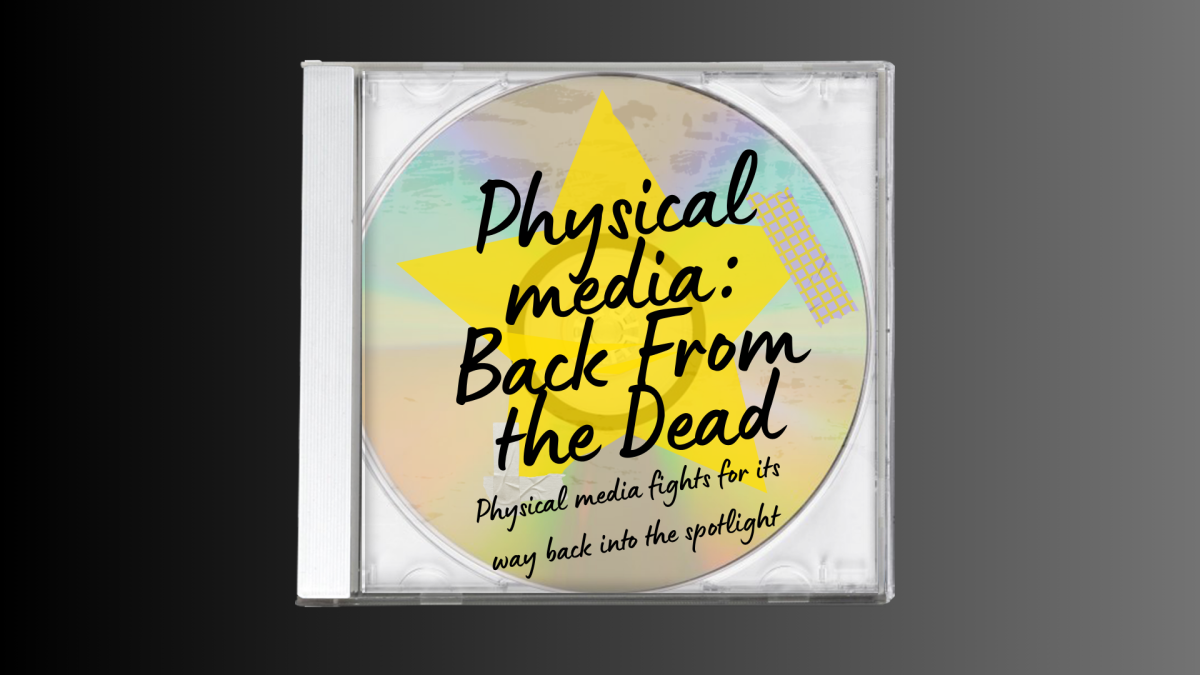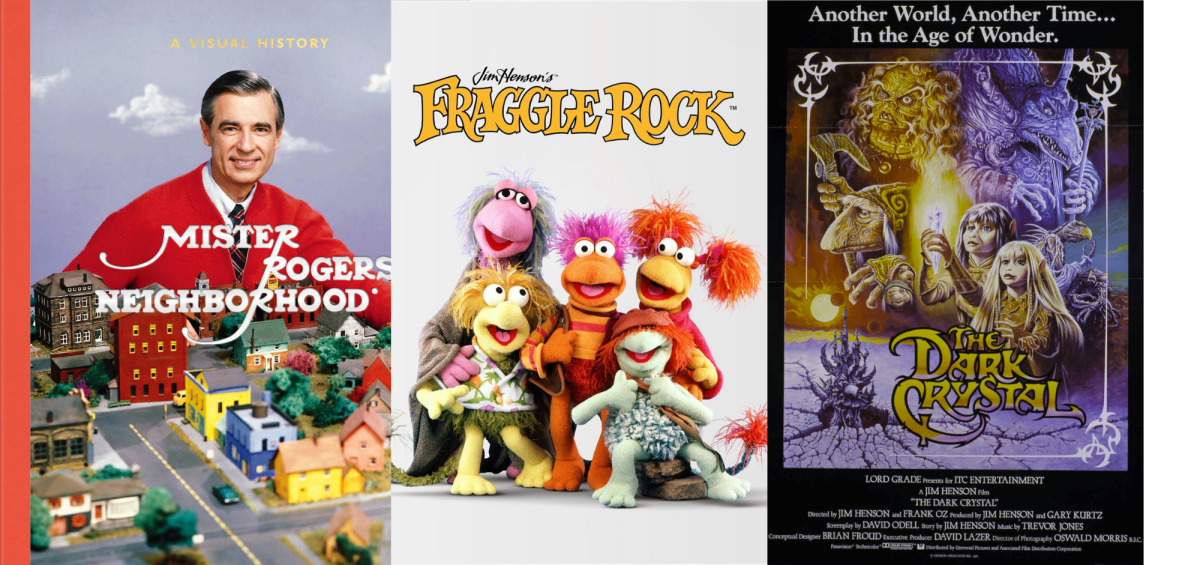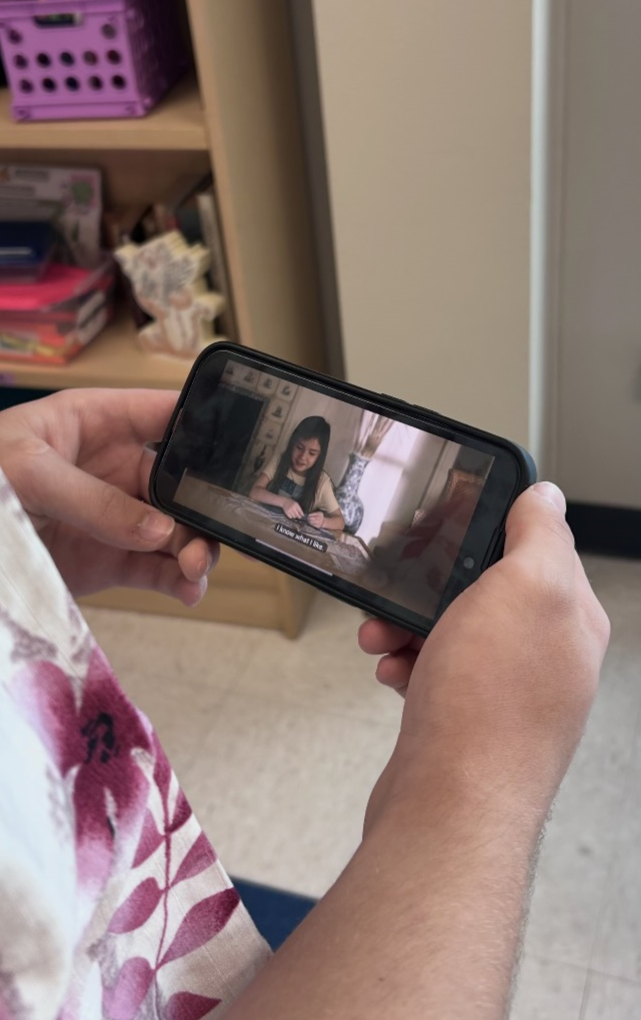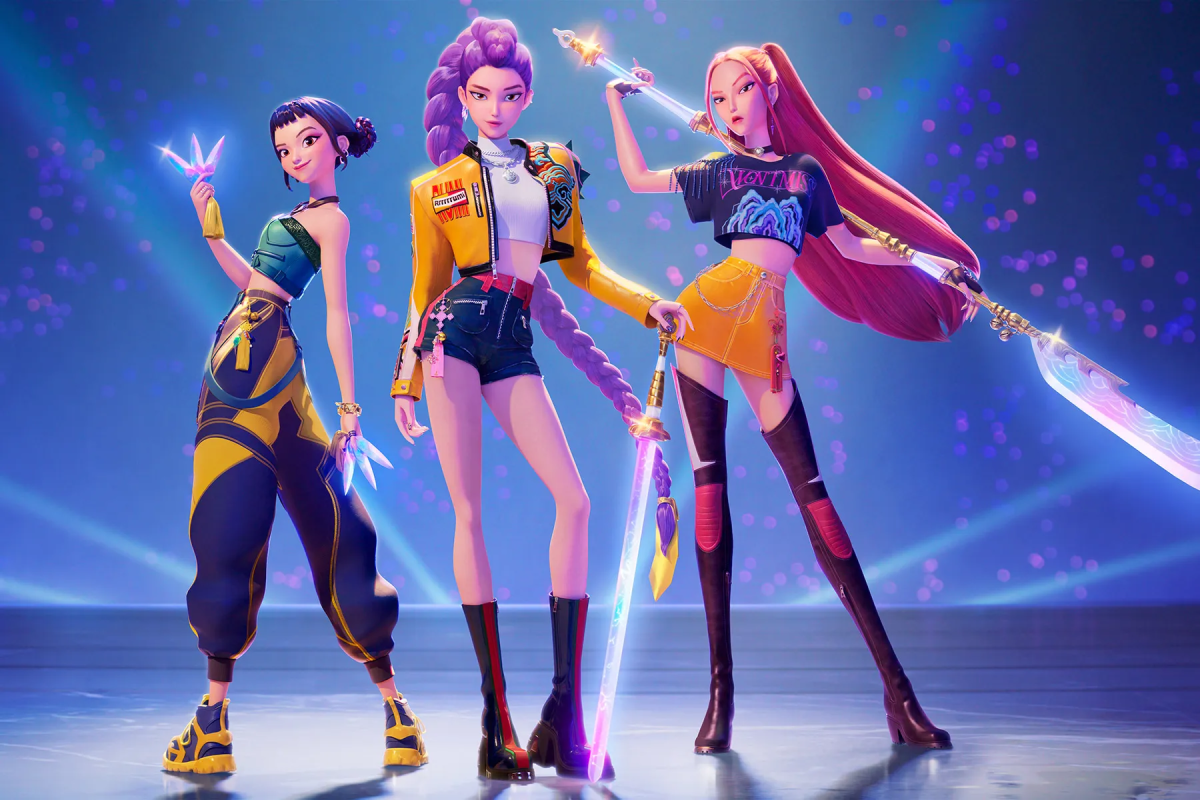About a year ago, I saw a post from Andrew O. that said: “My 12yo is into scary movies but complained they aren’t scary enough so we just watched The Descent and wow you don’t always know when you [mess] up as a parent but this was a big one.”
I should preface here that I don’t like horror movies. I have an intense fear of blood, gore and generally any physical brutality, but this comment intrigued me. Naturally, this led to a multi-day rabbit-hole in which I read reviews for the movie, interviews with cast and crew, and watched behind-the-scenes footage. At the end of all this, I decided to watch the movie. To my surprise — I was not only impressed with it, but loved it.
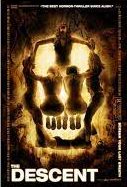
The Descent is a 2005 horror/thriller movie directed by Neil Marsh. It follows Sarah (Shauna Macdonald) a year after a horrific personal tragedy as she attempts to reconnect with her friends — Juno (Natalie Mendoza), Beth (Alex Reid), Sam (MyAnna Burgess), Rebecca (Saskia Mulder), and Holly (Nora-Jane Noone) — via a spelunking adventure. Things quickly go awry when the friends find themselves trapped inside the cave system after a tunnel collapse. Things go terribly wrong when the girls realize they aren’t in a charted cave, but instead in an unnamed, unexplored cavern. As they fight to find the exits, the girls are faced with the realization that they are unprepared for the terrain — and for the other inhabitants of the cave.
The Descent’s true power lies in the way its narrative plays out. The movie is slow to begin, and builds the stakes carefully. Much of the early part of the film is dedicated to fleshing out the relationships between the women, and explaining various aspects of their lives. Even after the women enter the cave, there’s no immediate action or drama, leaving the audience’s own anxieties to shape the narrative and the tension of various scenes.
This serves a dual purpose. When the true conflict is introduced — both the physical threat and the threat to the characters’ relationships — there’s a greater sense of hopelessness. There’s a pervasive air of dread to the movie as the situation quickly deteriorates and never recovers — once the pace picks up, it never slows down again.
Further, time is also crucial to the audience forming a relationship with the characters. So, the worse the situation gets, the more upset the audience feels because they’ve had time to care about the women as individuals. The loss is not abstract; it is definite. It is impossible to look away from the people you care about suffering through seemingly insurmountable challenges, especially knowing the goodness they contributed in their lives.
However, despite the clear disadvantages faced by the main cast, the narrative is subversive in the way it centers female characters in horror.
The women are never passive. Once they know what they’re facing, the girls immediately fight back. They aren’t ever shown to be weak: They rely on one another as friends, but they are not damsels, and they do not wait for someone to rescue them. They are the focus of the story, and the external circumstances never distract from the intensive character and friendship study at the heart of the story.
Perhaps most strikingly, the narrative never indulges in brutality for brutality’s sake. The women are injured throughout their quest to survive, but their bodies are never visually exploited. The violence is appropriate to the story and avoids gratuity. In the harshest moments of the story, the violence is not overly focused on or romanticized by the camera.
The friends never feel like set pieces in a larger story that seeks to use them. They are the story, they are the focus, and they are the determinants of the film.
This is not the story of women being beaten down; this is the story of women refusing to succumb to the odds and fighting to survive.
9/10 would avoid caves at all cost again
Further breakdown:
Writing Quality: 9/10 Enjoyability: 10/10
Pace: 10/10 Visual elements: 10/10
Plot development: 10/10 Insightfulness: 8/10
Characters: 10/10


